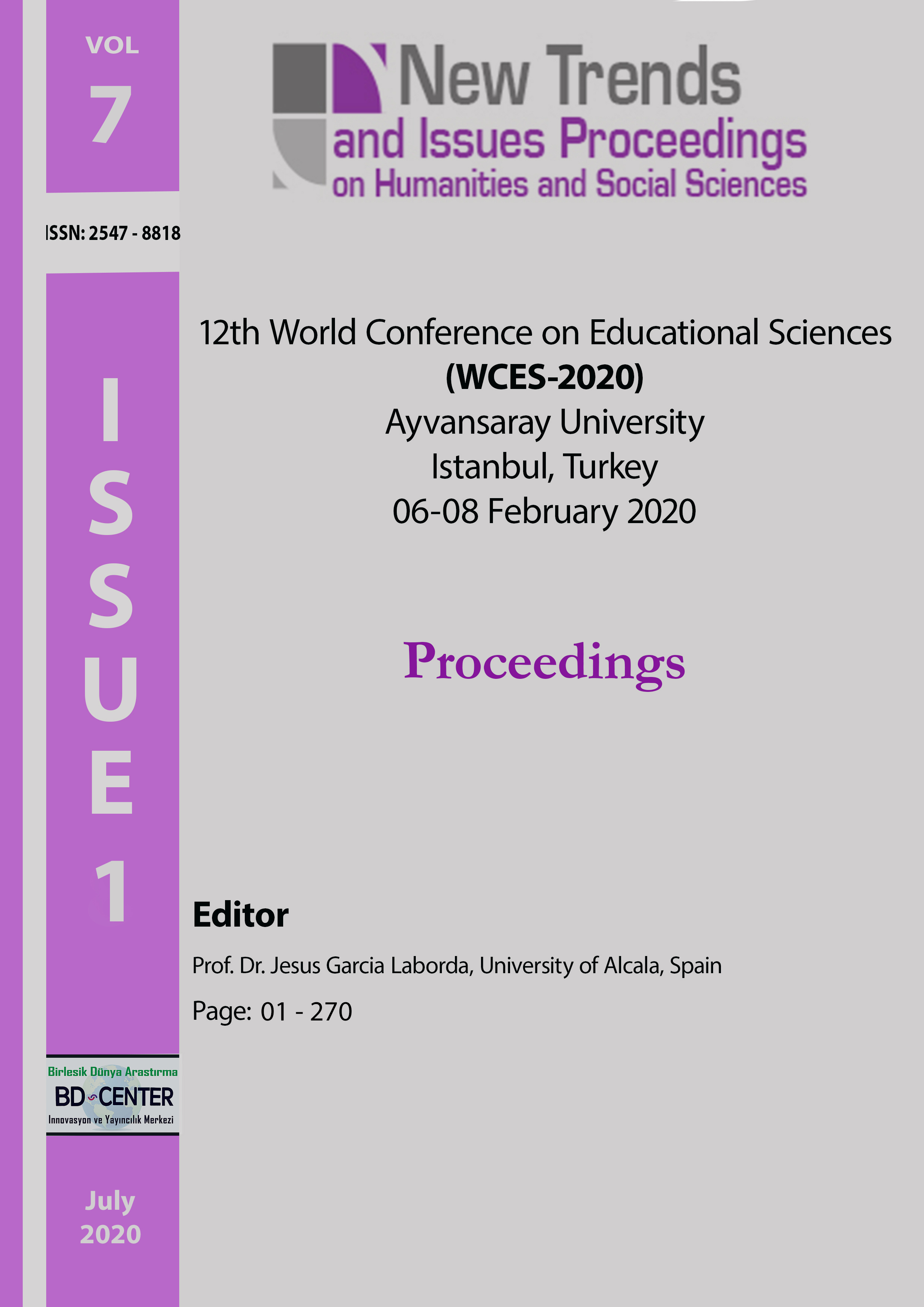Teaching electrical engineering or technology in a fun way
Main Article Content
Abstract
Combining physical and mental activities as a prerequisite for a well-rounded personal development is the benefit of technical kits, especially electronic ones. Such a combination also pushes the limits of the students’ efficiency. When used correctly, the creativity of both students and teachers is developed on a superior developmental level of knowledge in terms of quality. Electrotechnical kits have many positive effects in school education, suitably supplement as well as support it, and are also one of its subject matters. Considering the fast, global development information technology is experiencing, there is a growing need to combine computer systems and electrotechnical kits in education. The goal of this paper is to provide a comparative and analytical insight into teaching general, primary-level technical subjects in the context of electrical engineering, especially of electrotechnical kits, and to define current trends in or approaches to the implementation of educational activities.
Keywords: Technical Education, electrotechnical kits.
Downloads
Article Details

This work is licensed under a Creative Commons Attribution 4.0 International License.
Authors who publish with this journal agree to the following terms:- Authors retain copyright and grant the journal right of first publication with the work simultaneously licensed under a Creative Commons Attribution License that allows others to share the work with an acknowledgement of the work's authorship and initial publication in this journal.
- Authors are able to enter into separate, additional contractual arrangements for the non-exclusive distribution of the journal's published version of the work (e.g., post it to an institutional repository or publish it in a book), with an acknowledgement of its initial publication in this journal.
- Authors are permitted and encouraged to post their work online (e.g., in institutional repositories or on their website) prior to and during the submission process, as it can lead to productive exchanges, as well as earlier and greater citation of published work (See The Effect of Open Access).
